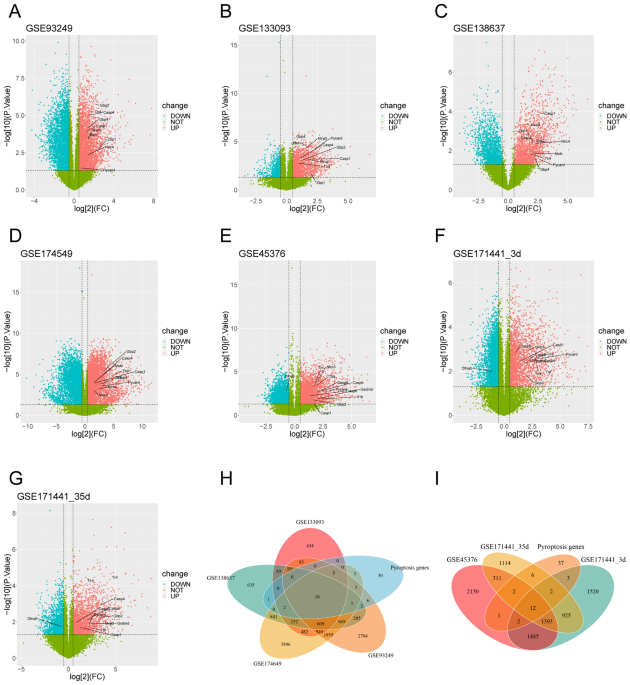
In a recent investigation, researchers focused on the molecular mechanisms behind spinal cord injury (SCI) unveiling pyroptosis—a form of programmed cell death—as a key player in the pathogenesis of SCI. The study, which harnessed bioinformatics to parse high-throughput sequencing datasets from rodent models, identified differentially expressed pyroptosis-related genes (PRGs) that may serve as potential targets for therapeutic intervention in SCI.
Secondary SCI is characterized by a cascade of physiological changes succeeding the initial trauma, among which pyroptosis has been implicated due to its distinct features and significant role in the inflammatory response. By constructing a PRG network through data analysis and cross-validation between rat and mouse models, the study revealed commonalities and species-specific aspects of the injury response.
Enrichment analysis of PRGs, conducted in both rodent models, pointed to the NOD-like receptor signaling pathway as a primary pathway involved in SCI. Additionally, the study provided insight into the possible interactions of PRGs with other genes, suggesting a complex regulatory network.
Despite remarkable advances in SCI research, complete clinical recovery post-injury remains unattainable, underscoring the importance of continued investigation into the underlying molecular processes. The current research sheds light on the involvement of PRGs in SCI, presenting a potential avenue for developing targeted therapeutic strategies that could alleviate secondary injury and promote neurological recovery.
Source: Nature.com
